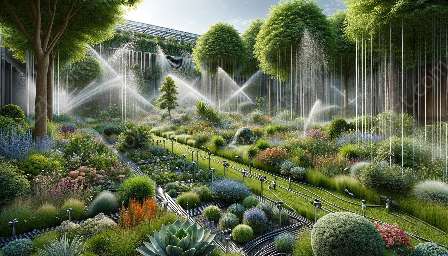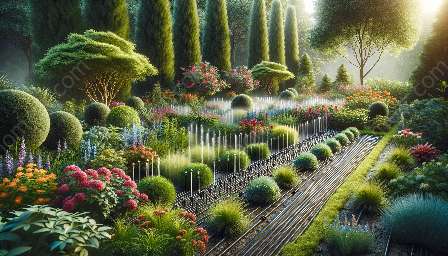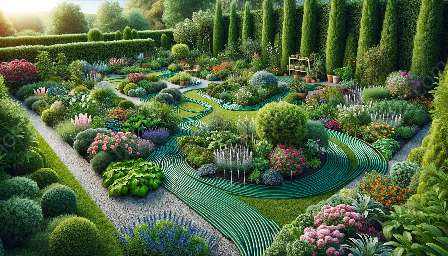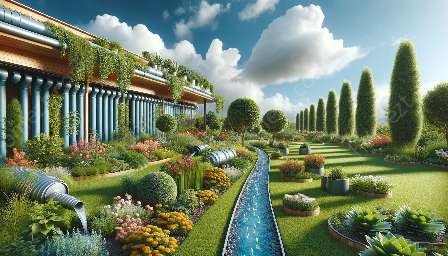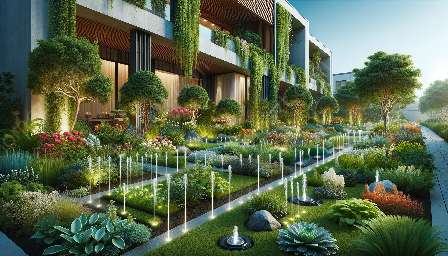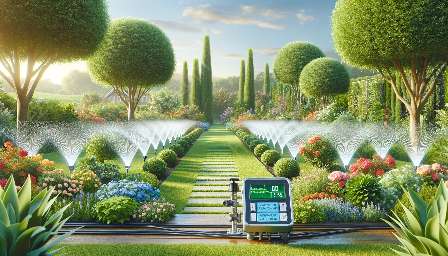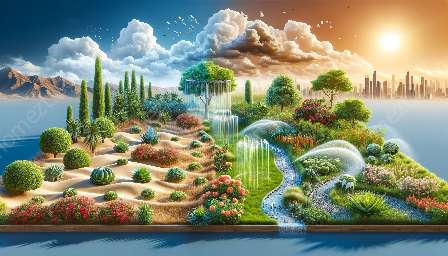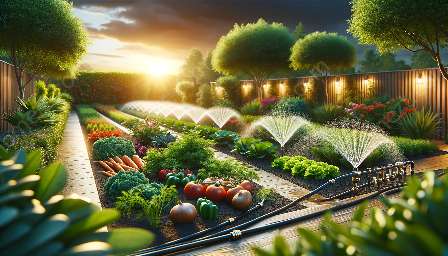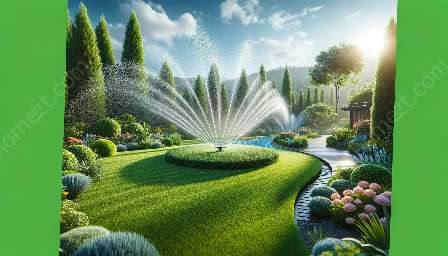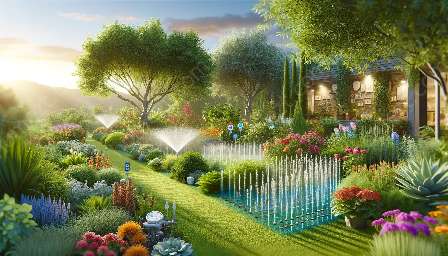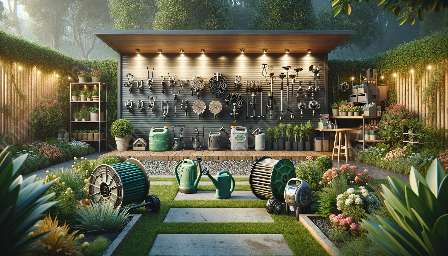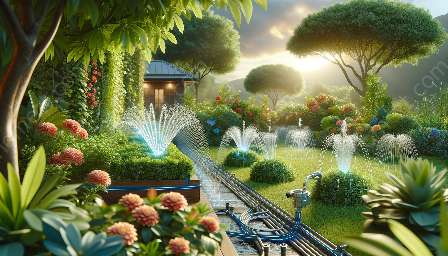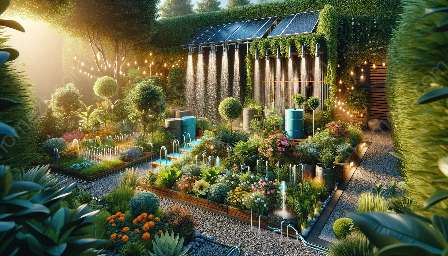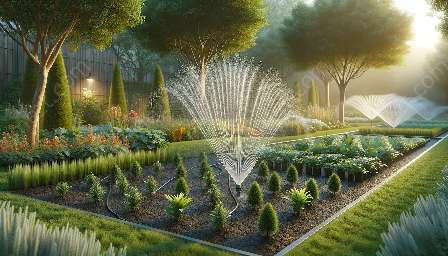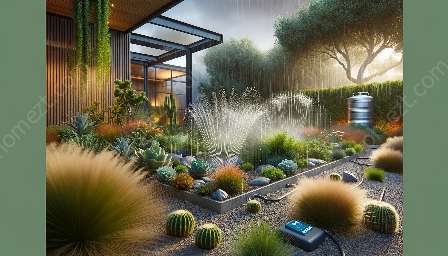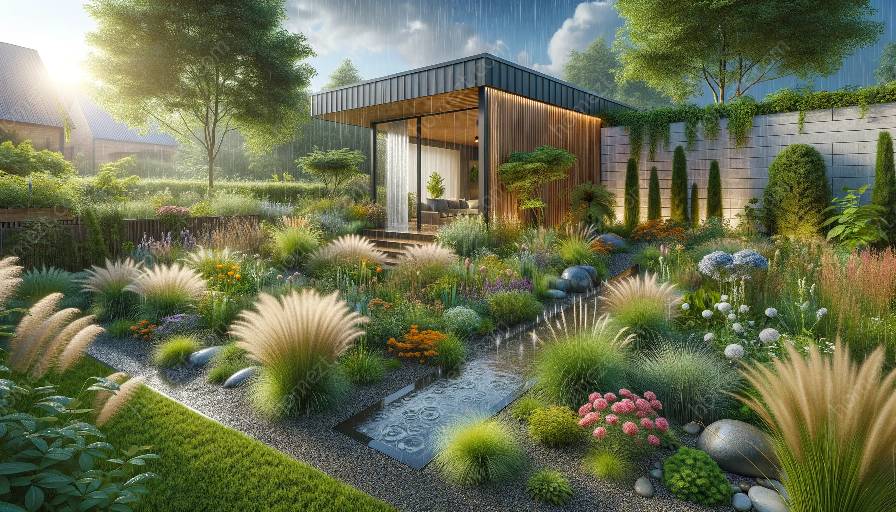Have you ever considered incorporating rain garden techniques into your gardening and landscaping practices? Rain gardens are not only visually appealing but also serve as an environmentally friendly way to manage water runoff and support plant life. In this comprehensive guide, we'll explore the principles of rain garden design, their compatibility with various watering techniques, and their role in enhancing your overall outdoor space.
The Benefits of Rain Gardens
Rain gardens offer numerous benefits, making them a valuable addition to any outdoor setting. By utilizing rain garden techniques, you can effectively:
- Manage stormwater runoff
- Recharge groundwater supplies
- Reduce soil erosion
- Provide habitat for wildlife
- Enhance the beauty of your landscape
Principles of Rain Garden Design
Successful rain garden design is based on several key principles:
- Location: Select a suitable location for your rain garden, considering the natural flow of water and existing landscaping features.
- Soil Type: Choose the right soil type to promote water infiltration and support healthy plant growth.
- Plant Selection: Opt for native plants that are adaptable to local weather conditions and can thrive in both wet and dry periods.
- Shaping and Slope: Shape the garden to direct water into the center and create a gentle slope for optimal water distribution.
- Maintenance: Regular upkeep is essential to ensure the effectiveness and longevity of your rain garden.
Watering Techniques and Rain Gardens
When integrating rain garden techniques with traditional watering methods, it's important to consider how to supplement natural rainfall to ensure the health and vitality of your garden. Depending on your specific gardening and landscaping needs, you may want to combine rain garden strategies with:
- Drip Irrigation Systems: Adapt your rain garden to incorporate drip irrigation systems for targeted watering of individual plants.
- Soaker Hoses: Use soaker hoses to deliver consistent, slow-release moisture to the plants in your rain garden.
- Rain Barrels: Collect rainwater from your roof and use it to water your rain garden during drier periods.
- Watering Schedule: Adjust your overall watering schedule to complement natural rainfall and ensure that your rain garden receives adequate moisture.
Enhancing Your Landscape with Rain Gardens
Integrating rain gardens into your overall landscaping plan can significantly enhance the visual appeal and environmental sustainability of your outdoor space. Consider the following tips for incorporating rain gardens effectively:
- Design Integration: Integrate the rain garden seamlessly into your existing landscape, ensuring that it complements the surrounding features and enhances the overall aesthetic.
- Education and Outreach: Educate others about the benefits of rain gardens and encourage their adoption in the community for a collective positive impact.
- Wildlife Support: Create a welcoming habitat for pollinators and other wildlife by selecting native plant species that attract and support various organisms.
- Community Engagement: Consider organizing local workshops or events to raise awareness about rain gardens and their contribution to sustainable landscaping practices.

